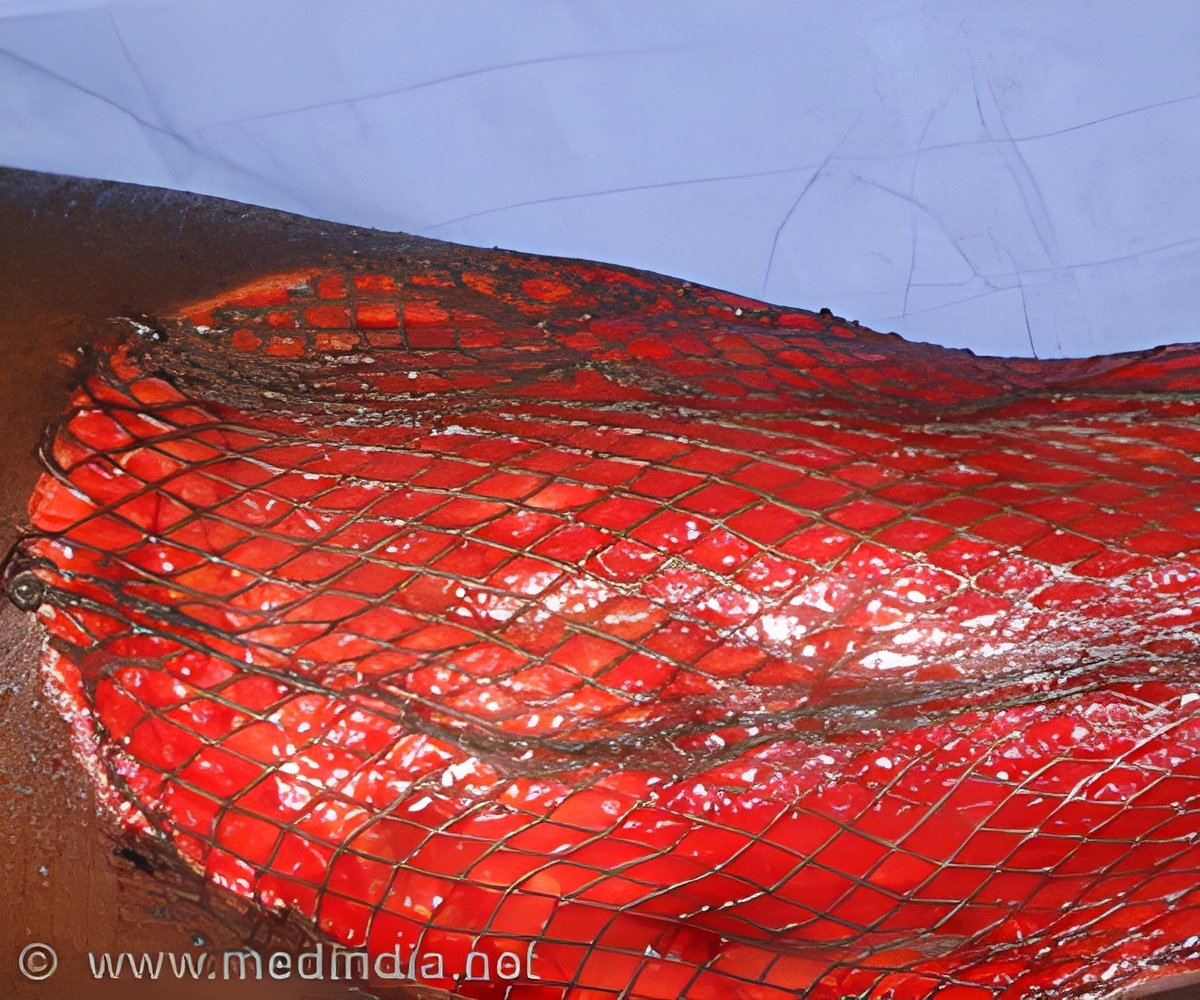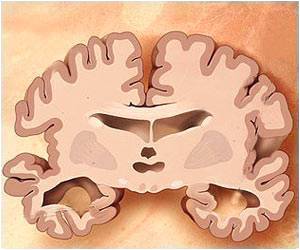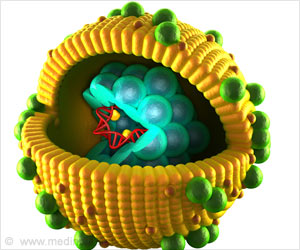Around 11 million people around the world suffer from burns every year; and the resulting deep wounds don't just heal slowly, but also result in lifelong scars

Fully functional lymphatic capillaries generated for the first time Tissue fluid is excreted from a wound which accumulates in a cavity on the skin's surface and can impede wound healing. Lymphatic vessels drain off this fluid. The researchers isolated lymphatic capillary cells from the human dermis. Together with the blood capillaries that were also engineered, this guarantees rapid, efficient vesicular supply of the skin graft. Up to now, this had been a major unsolved problem in molecular tissue biology and regenerative medicine.
The scientists in the team of Ernst Reichmann, Head of the Tissue Biology Research Unit, were surprised by three findings. The individual lymphatic cells spontaneously arranged themselves into lymphatic capillaries with all the characteristics of lymphatic vessels. In preclinical trials both the human lymphatic capillaries and the blood capillaries engineered in the laboratory connected with those of the laboratory animals. "What's novel is that the lymphatic capillaries collected and transported tissue fluid; hence they were functional", explains Ernst Reichmann and goes on to add, "We assume that skin grafts with lymphatic and blood capillaries will, in future, both prevent the accumulation of tissue fluid and ensure rapid blood supply of the graft". This could markedly improve the healing process and the typical organ structure of this type of skin graft.
The first clinical application of these complex skin grafts is scheduled for 2014. They will not, however, contain any blood or lymphatic capillaries as approval has still to be obtained.
Source-Eurekalert












